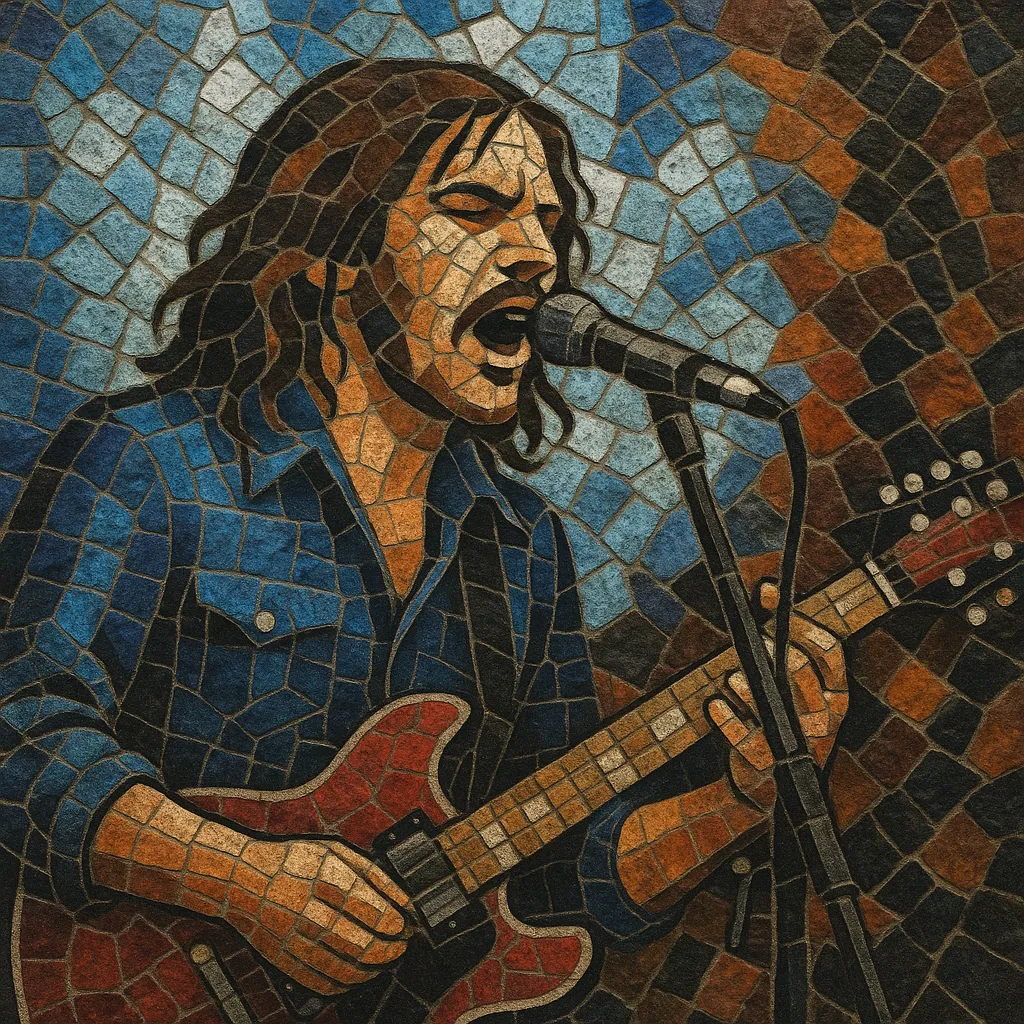Rock québécois is the francophone rock music of Québec, rooted in the province’s distinct culture and sung largely in French—often in the colloquial joual dialect.
It blends the directness of rock and roll with chanson-style lyricism, folk traditions, blues grit, and, in many landmark albums, the adventurous arrangements of progressive and psychedelic rock. Themes commonly explore identity, language, social change, working‑class life, love, humor, and the legacy of the Quiet Revolution.
Across decades it has ranged from raw garage and blues-rock to folk‑prog opuses and modern alternative/indie rock, but a strong emphasis on narrative lyrics and memorable choruses remains a defining constant.
Québec’s rock identity coalesced during the 1960s, amid the Quiet Revolution’s social and cultural transformation. Early bands absorbed rock and roll and yé‑yé while retaining chanson’s narrative emphasis. Artists began to foreground francophone identity in a rock idiom, setting the stage for a distinctly Québécois sound.
The 1970s brought a creative peak. Robert Charlebois fused chanson with psychedelia and rock theater, while groups like Harmonium, Beau Dommage, Offenbach, and Octobre defined a spectrum from folk‑prog suites to bluesy, street‑level rock. This decade established the genre’s trademarks: rich storytelling in French, regional imagery, and bold instrumentation (flute, accordion, keyboards) alongside guitars and drums.
With expanding radio and TV infrastructure (and institutions like ADISQ), rock québécois anchored francophone popular culture. Artists such as Marjo and Paul Piché brought arena‑ready hooks and socially aware lyrics to mainstream audiences, maintaining the genre’s balance between immediacy and message.
A new wave of acts refreshed the idiom: Les Colocs blended folk‑rock with reggae rhythms and sharp social commentary, while Jean Leloup and Daniel Bélanger introduced eccentric, literate alternative rock that resonated widely. The spirit of independence—musically and culturally—remained core.
The 2000s and 2010s saw indie bands like Karkwa and Malajube carry francophone rock to international stages, while Les Cowboys Fringants pushed a neo‑trad folk‑rock approach with mass appeal. Today, rock québécois continues to evolve across alternative, folk‑rock, and art‑rock lanes, consistently centering French‑language storytelling and Québécois identity.
Start with a classic rock band setup: electric and acoustic guitars, bass, drums, and keyboards. Augment with flute, accordion, harmonica, or fiddle for folk‑prog or neo‑trad colors. Tempos typically range from 90–140 BPM; backbeat‑driven grooves and occasional shuffle or folk dance feels work well.
Use diatonic progressions (e.g., I–V–vi–IV) for anthemic choruses, and blues forms (I–IV–V) for grittier numbers. For a progressive hue, add modal borrowing, suspended chords, and sectional forms that evolve (intro–verse–pre–chorus–chorus–bridge–coda), or multi‑part suites inspired by 1970s art‑rock.
Write melodic, singable refrains that invite audience participation. Perform in French—often with Québécois turns of phrase (joual)—and favor expressive, conversational vocals that foreground narrative.
Center stories of place and identity: city neighborhoods, winter landscapes, language, love, humor, social issues, and the dignity of everyday life. Balance poetic imagery with direct, relatable phrasing in the chanson tradition.
Blend acoustic textures (12‑string guitar, piano) with electric drive. Layer keyboards or flute for atmosphere; use gang vocals for big choruses. Production can lean warm and live (minimal editing, room ambience) or modern and punchy; either way, keep lyrics and vocal presence at the forefront.


